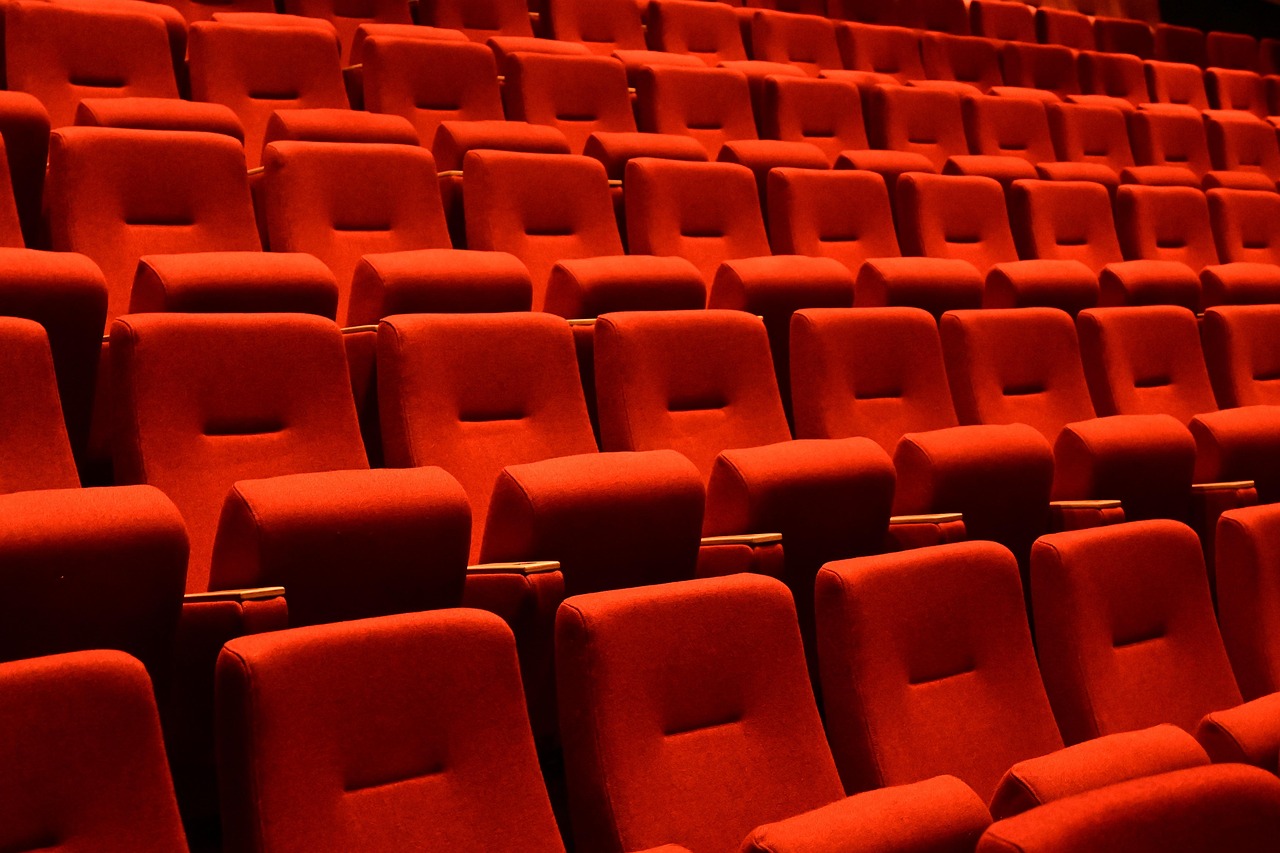Vibrations in the Void: The Resurgence of Silent Films in Modern Cinema
Silent films, once a relic of the early 20th century, have found a new life in the heart of contemporary cinema. This resurgence has stirred both intrigue and excitement, challenging current film conventions and reinvigorating the collective appreciation for pure, visual storytelling. Let's embark on a journey to explore this fascinating development, its historical roots, and how it shapes today's cinematic landscape.

Historical Backdrop: The Birth and Decline of Silent Cinema
Silent films emerged at the dawn of the 20th century, captivating audiences with their unique ability to communicate stories visually. This era saw the rise of iconic figures like Charlie Chaplin and Buster Keaton, who used physical comedy and expressive acting to engage viewers. However, with the advent of “talkies” in the late 1920s, silent films fell out of favor and were largely sidelined as a forgotten art form.
Silent Films Today: A New Wave of Visual Storytelling
Flash forward to the 21st century, and silent films are making a surprising comeback. Modern filmmakers, eager to challenge the status quo and experiment with different forms of storytelling, have begun to revisit this forgotten medium. The Artist (2011), a modern silent film, won several prestigious awards, including the Academy Award for Best Picture, signaling a shift in the industry’s receptivity to this art form.
Impact and Reception: The Significance of Silent Films in Contemporary Cinema
The resurgence of silent films has had a profound impact on modern cinema. It has reignited interest in visual storytelling, emphasizing the power of expressive acting and cinematography over dialogues. Critics and audiences alike have praised these films for their unique aesthetic and narrative approach, proving that silent films can still captivate modern viewers.
The Future of Silent Films: A Quiet Revolution
While it’s too soon to predict the future of silent films, their resurgence signifies a broader shift in cinematic storytelling. As filmmakers continue to push boundaries and explore unconventional narrative techniques, we can expect silent films to play an influential role. They represent a return to the roots of cinema, reminding us of the power of visual storytelling and the possibilities that lie within the silence.
In conclusion, the resurgence of silent films is not just a nostalgic callback but a testament to the enduring power of visual storytelling. As we watch this trend unfold, we witness a fascinating interplay between past and present, tradition and innovation, silence and sound. It’s a reminder that in the world of cinema, sometimes the most profound messages are conveyed not through words, but through the eloquence of silence.





